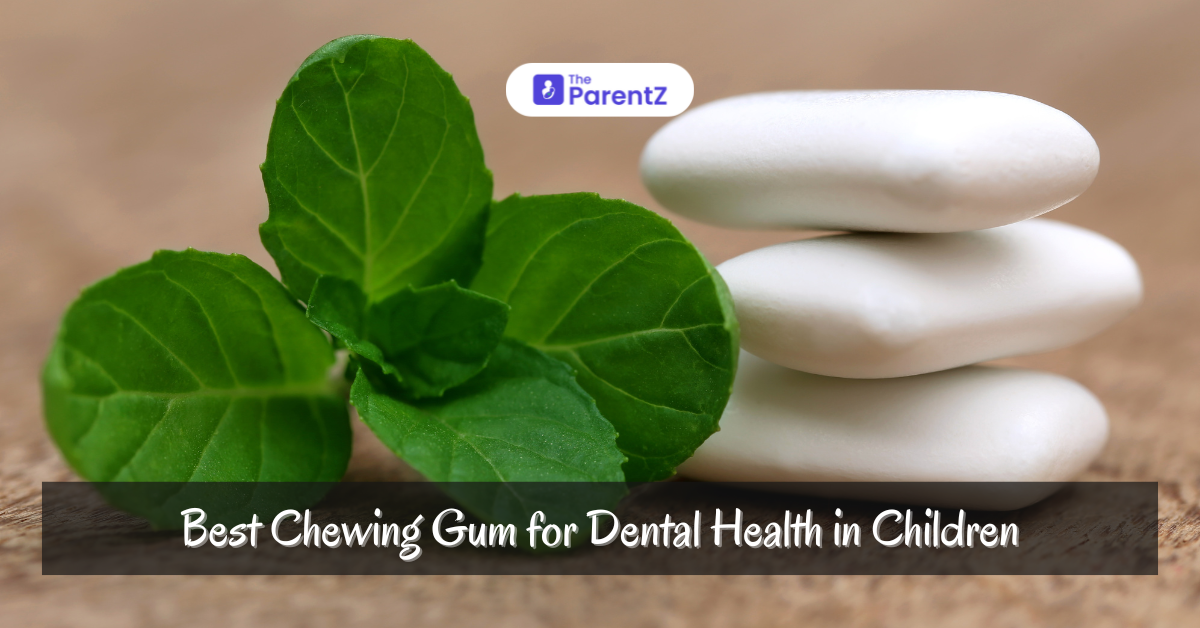Chewing gum has long been a popular treat among children, but not all gums are created equal—especially when it comes to dental health. While sugary gums can contribute to cavities and other dental problems, certain types of chewing gum can actually be beneficial for children's oral health. This article will explore the types of chewing gum that are best for children and how they can contribute to better dental health.
Types of Chewing Gums
1. Sugar-Free Gum:
- Xylitol-Based Gum: Xylitol is a natural sweetener that can help reduce the risk of cavities by neutralizing acids in the mouth and inhibiting the growth of cavity-causing bacteria.
- Sorbitol-Based Gum: Another sugar substitute, sorbitol, is less effective than xylitol but still helps in maintaining oral health by reducing bacteria and stimulating saliva production.
2. Gum with Calcium and Phosphate:
- Remineralizing Gum: These gums contain calcium and phosphate, which can help strengthen tooth enamel and repair early signs of decay.
3. Chewing Gum with Fluoride:
- Fluoridated Gum: Fluoride is known for its ability to strengthen teeth and prevent cavities. Some gums are specially formulated with fluoride to provide additional protection against tooth decay.
Benefits of Chewing Gum for Children's Oral Health
1. Increased Saliva Production:
Chewing gum stimulates saliva production, which helps wash away food particles and neutralizes acids produced by bacteria in the mouth, reducing the risk of tooth decay.
2. Plaque Reduction:
Certain sugar-free gums, particularly those containing xylitol, can reduce the formation of plaque on teeth, lowering the risk of cavities and gum disease.
3. Strengthening Tooth Enamel:
Chewing gum that contains remineralizing agents like calcium, phosphate, or fluoride can help rebuild and strengthen tooth enamel, making teeth more resistant to decay.
4. Improved Oral Hygiene Habits:
Encouraging children to chew sugar-free gum after meals can instill good oral hygiene habits and serve as an adjunct to brushing and flossing, especially when they are on the go.
Conclusion
Choosing the right chewing gum for children can be a simple yet effective way to support their dental health. Sugar-free gums, particularly those containing xylitol, calcium, phosphate, or fluoride, offer several benefits, including increased saliva production, plaque reduction, and the strengthening of tooth enamel. While chewing gum should never replace regular brushing and flossing, it can be a valuable addition to a child's oral care routine. By making informed choices, parents can help their children enjoy the benefits of chewing gum while promoting better oral health.








Be the first one to comment on this story.